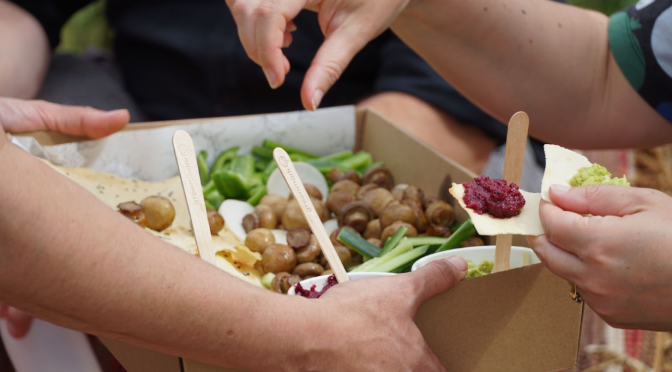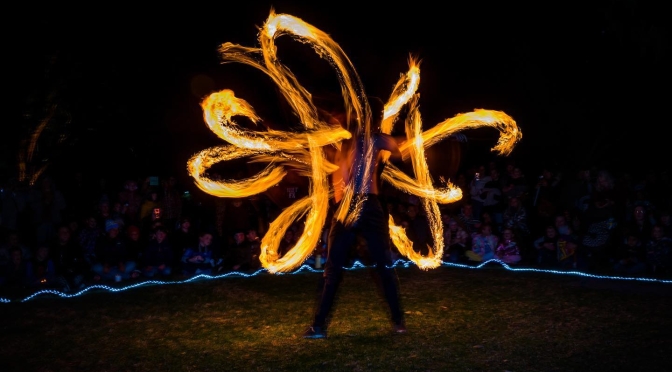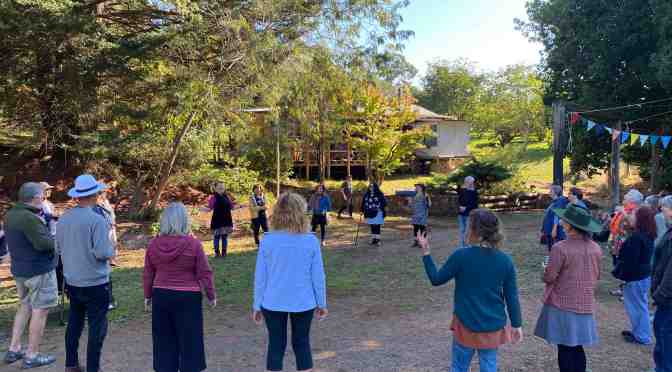
We all know that singing is fun – just think back to the last time you belted out a rock tune on a family road trip, or sang along with friends, and strangers, at the pub or a music festival.
There’s also the spiritual experience of singing hymns at church, or an Indigenous sacred ceremony, or in perfect harmony in a mass choir.
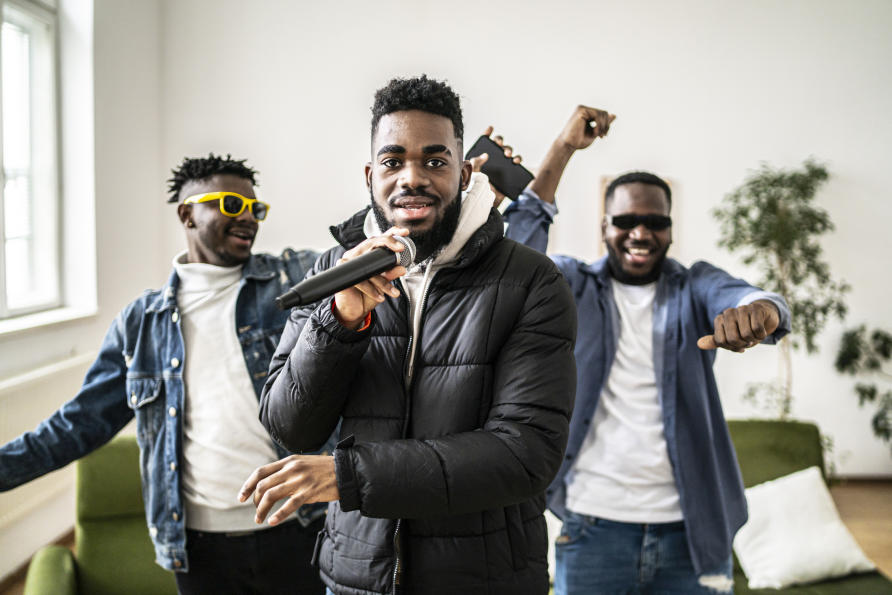
But it goes deeper than that.
Our researchers at the University of Melbourne’s Faculty of Fine Arts and Music working through the Creativity and Wellbeing Hallmark Initiative, the Creative Arts Therapies Research Unit and the Wilin Centre for Indigenous Arts and Cultural Development are seeking to understand the value of singing from cultural, emotional, social, and health perspectives, as well as developing programs to implement its benefits.
Here’s just some of what research has found over the past decade.
The brain benefits of music
Singing increases oxytocin levels (aiding bonding) and decreases cortisol (lowering stress). It can also rapidly result in feelings of connection and flow – improving our mood, strengthening sense of identity and helping out long and short-term memory.
For many of us, singing plays a key role from birth. In fact caregivers and infants use melody, harmony, pitch, timbre and tempo to bond and provide comfort in a mutually beneficial interaction.
Singing with a slow-paced, medium pitch inflection using a soft timbre – lullabies typically use this type of vocalisation – can gently connect with and pacify infants, while the cooing responses of the infant can equally engage and soothe the caregiver.
The mutual benefits of this bonding through song can persist throughout life.
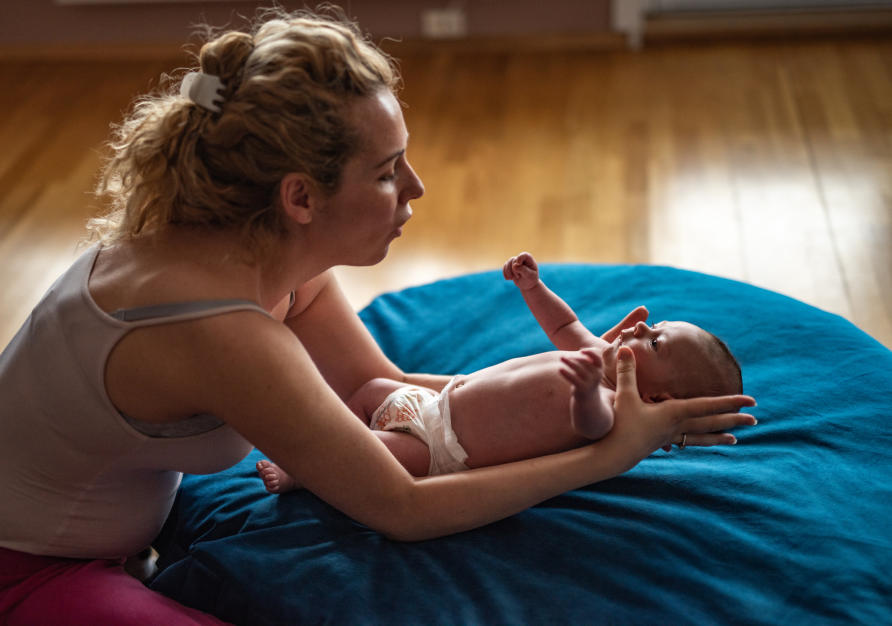
2. SINGING CONNECTS US TO OUR CULTURE
Singing contributes to the development of our thinking and language and, in turn, to our cultural identity, as well as general quality of life and opportunity.
Children as young as five have been shown to already know dozens of songs, connecting them to cultural knowledge about ritual significance, social etiquette, facts about life and lifestyle, skills like counting, techniques for making and doing things, and so on.
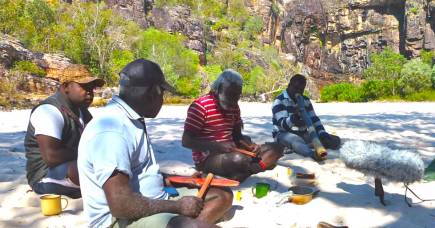
Indigenous ceremonial performance opening up intercultural dialogue
The core elements of songs include repetitive melody and rhythmic structures which work with the words to produce powerfully mnemonic effects that can re-enforce knowledge, support memory and capture history.
Songs connect us to our culture, and the stories within songs can help shape our identity and build meaning within society. Important First Nations work at the University has found that singing and songs not only foster community knowledge, but can revitalise it, acting to strengthen political agency, pride and resilience.
This shows how vital it is to repatriate songs lost to communities.
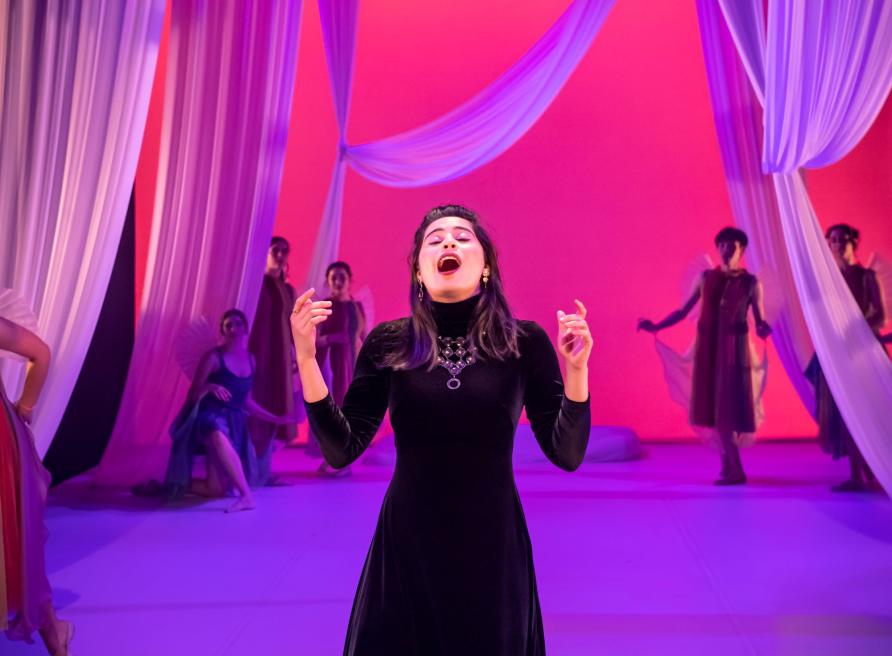
3. SINGING MAKES US HAPPY, EVEN IN LOCK-DOWN
During the first waves of COVID-19 across 2020, singing was both popular and successful in passing time and connecting with others. Online ‘choirs’ brought joy to millions, even though these activities were principally asynchronous and required extra effort to record and multitrack to generate the choral effect.
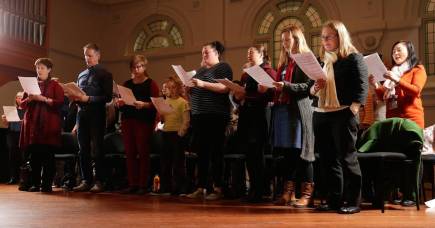
Womin Jeka: A choir with the desire to inspire
And you don’t even have to sing to get some benefit from singing. We found that songs feature strongly in emotional regulation, even when passively engaging through listening.
4. SINGING CAN IMPROVE OUR PHYSICAL HEALTH
Our music therapy researchers have shown that singing has multiple benefits in managing degenerative conditions like Parkinson’s Disease, where volume of voice and mood improved after an intensive, researcher-designed singing program.
For people with dementia, and their carers, singing can improve lucidity, focus and enjoyment.
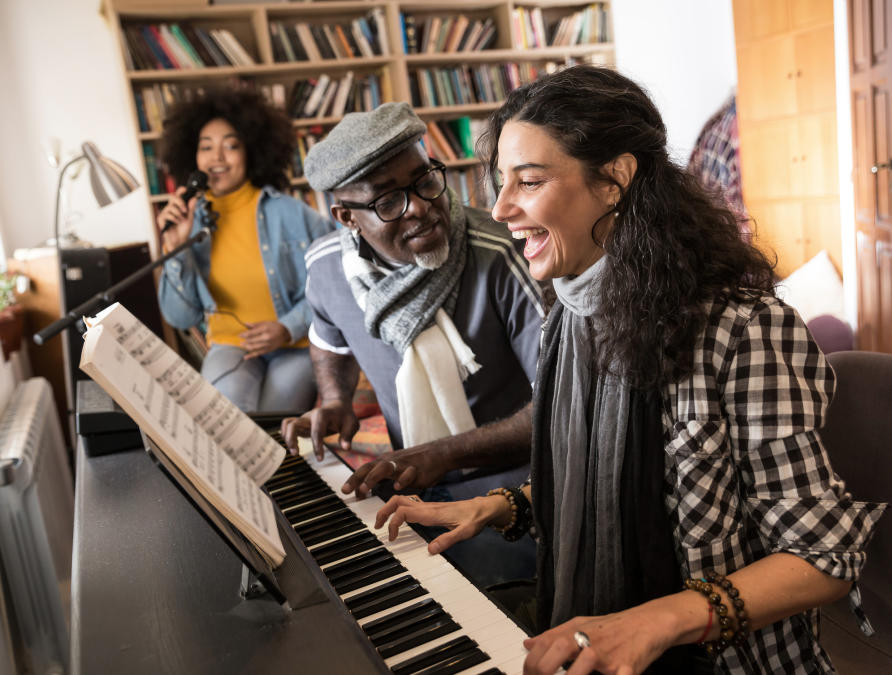
A recent landmark clinical trial by our researchers, published in the Lancet, found that recreational choir singing decreased depression and dementia symptoms, particularly among those people with more severe dementia.
The behavioural aspects like group social dynamics, an emphasis on fun and less of a focus on the individual are likely to feed into the positive outcomes for those with dementia.
5. SINGING UNITES PEOPLE
The arts and Australia’s mental wellbeing
Singing can enhance feelings of empathy and build intercultural social cohesion, vital in the complex area of intercultural relations and community resilience.
In one project, our researchers collaborated with adults in a multicultural workplace to explore how a workplace choir could strengthen culture, identity, and positive emotions. The team did this by focusing on lullabies – reconnecting participants to some of those earliest musical bonds.
The study generated strong social bonding, providing a platform for cohesion and understanding while mantaining the expression of distinctive identities that are understood and valued across cultural, linguistic and religious differences.
Singing has also helped people manage trauma, grief and loss including illness and disaster, providing emotional sharing, catharsis and resilience.
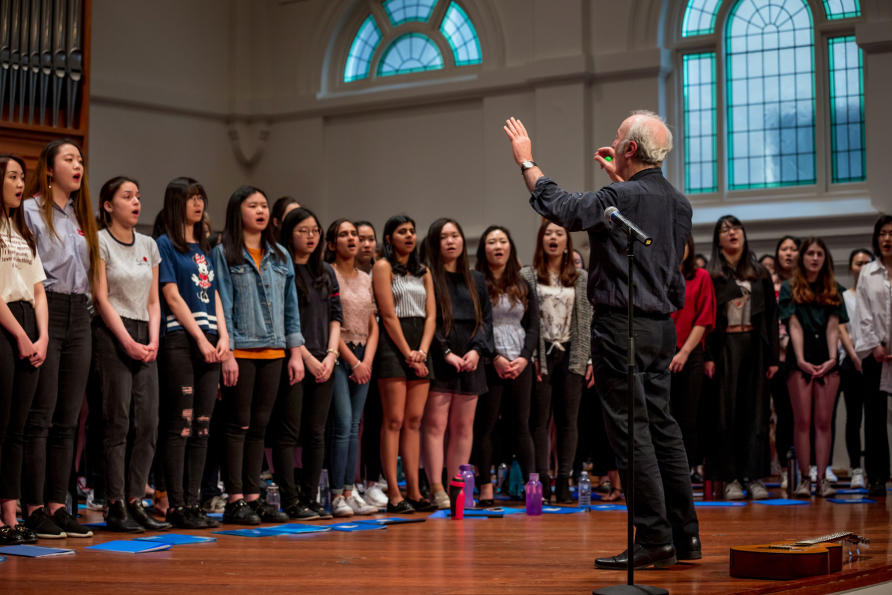
Our researchers continue to collaborate with communities to develop knowledge and programs to use singing for people of all ages and backgrounds, in community and specialised medical settings to support their diverse needs throughout their lives.
All of this tells us that without a doubt, singing can help us to maximise our social and emotional potential.
So, whether it’s in the shower, the car or on stage, on your own or with a group, try bursting into song and see how you feel afterwards. The evidence suggests it’ll be good.
This article was first published on Pursuit. Read the original article.
Banner: Getty Images



